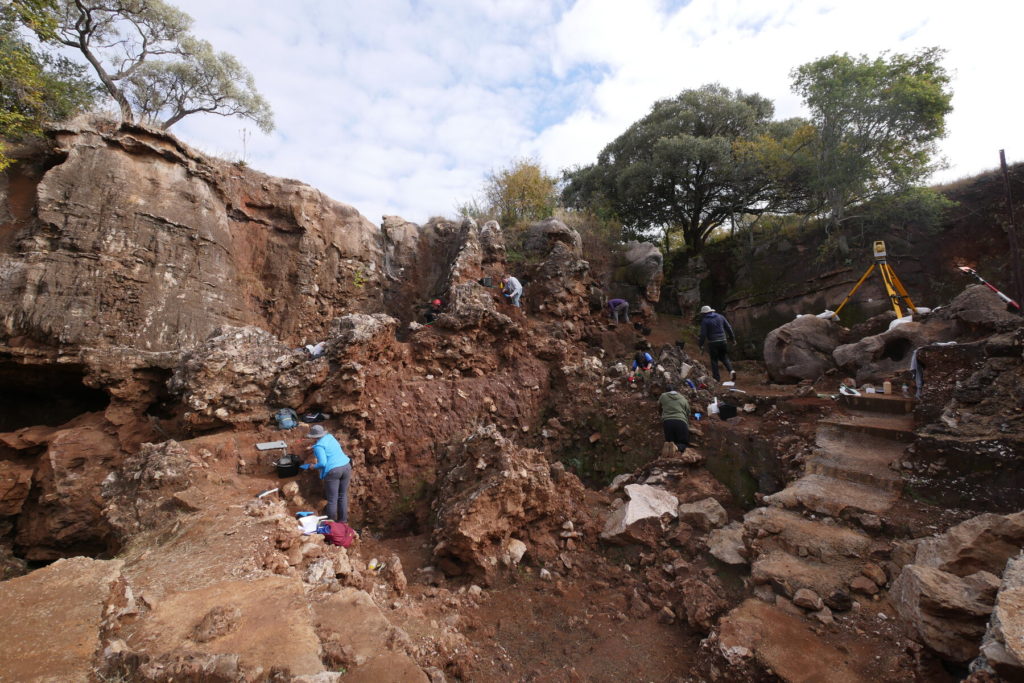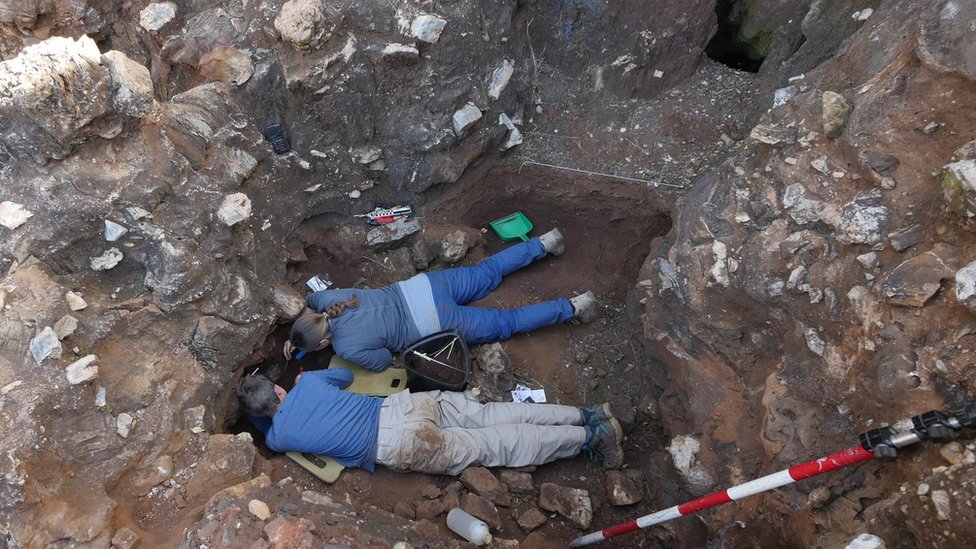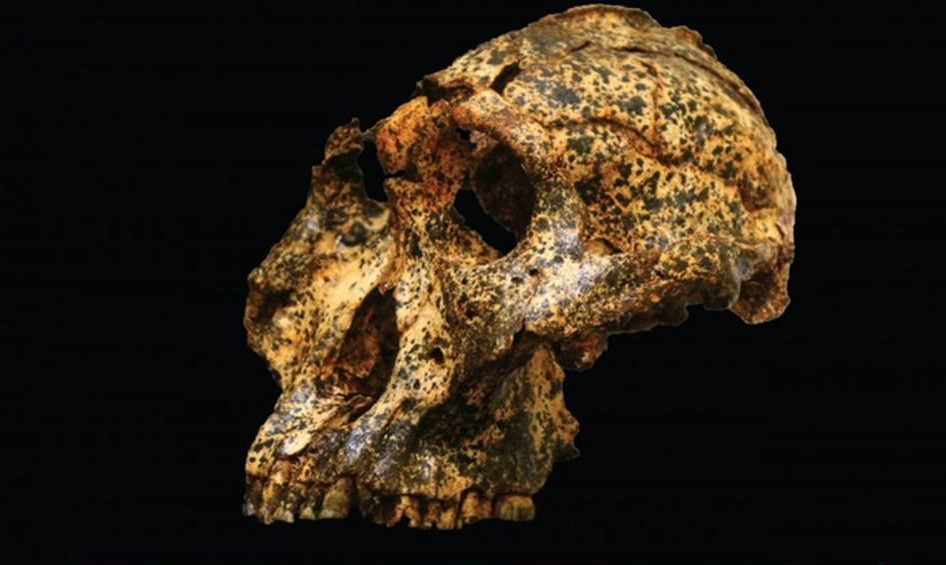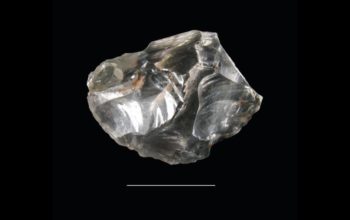A 2-million-year-old skull from a large-toothed distant human cousin has been unearthed at an Australian-led archaeological dig deep in a South African cave system.
Written content from ABC AU
The discovery is the earliest known and best preserved example of the small-brained hominin called Paranthropus robustus, La Trobe University researchers say.
The almost complete male skull, found in the Drimolen cave system near Johannesburg in 2018, may also lead to a new understanding of human microevolution.

Paranthropus robustus walked the Earth at roughly the same time as our direct ancestor Homo erectus, palaeoanthropologist Angeline Leece said, referring to hominins, a small-brained member of the human family tree.
“But these two vastly different species — Homo erectus with their relatively large brains and small teeth, and Paranthropus robustus with their relatively large teeth and small brains — represent divergent evolutionary experiments,” she said.
“While we were the lineage that won out in the end, two million years ago the fossil record suggests that Paranthropus robustus was much more common than Homo erectus on the landscape.”

Until recently, scientists believed Paranthropus robustus existed in social structures similar to gorillas, with large dominant males living in a group of smaller Paranthropus robustus females.
This rare male fossil is closer in size to female specimens previously found at the site, providing the first high-resolution evidence for microevolution within early hominin species.
Researchers argue this discovery could lead to a revised system for classifying and understanding the palaeobiology of human ancestors — a significant development for their field.

Archaeologist Andy Herries said the skull, which was painstakingly reconstructed from hundreds of bone pieces, represented the start of a very successful Paranthropus robustus lineage that existed in South Africa for a million years.
“Like all other creatures on Earth, to remain successful our ancestors adapted and evolved in accordance with the landscape and environment around them,” he said.
“We believe these changes took place during a time when South Africa was drying out, leading to the extinction of a number of contemporaneous mammal species. Read more from ABC AU
Read other science and Antiquities stories from News Without Politics

Subscribe to News Without Politics




